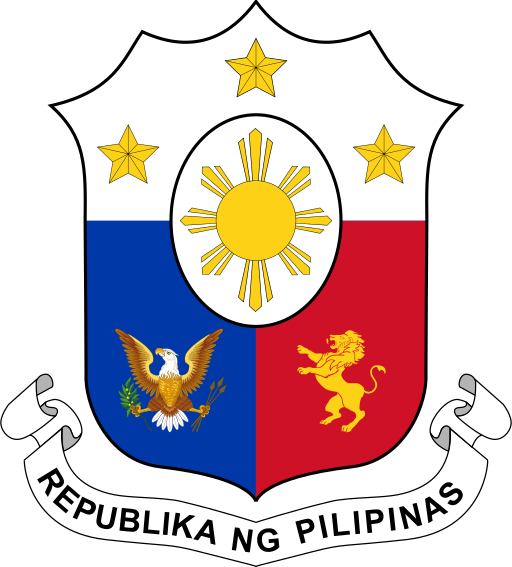
Legal Basis
The Development Budget Coordination Committee (DBCC) was created on May 14, 1970 through the Executive Order No. 232 creating the Presidential Development Budget Committee (PDBC) and enumerating its functions and objectives.
Later, on March 1, 1972, the Integrated Reorganization Plan renamed the PDBC to its current appellation and attached it to the NEDA. In the same year on September 22, Presidential Decree (PD) No. 136 was issued, amending the Integrated Reorganization Plan to include the Executive Secretary in the Membership of the DBCC. In July 25, 1987, Executive Order No. 292 was issued to reorganize the NEDA including the DBCC to its composition today.
The role of the DBCC is primarily to review and approve the macroeconomic targets, revenue projections, borrowing level, aggregate budget level and expenditure priorities and recommend to the Cabinet and the President of the consolidated public sector financial position and the national government fiscal program.
Functions of the DBCC
Specifically, the DBCC is mandated with the following functions:
- Recommend for Presidential approval the level of the annual government expenditure program and the ceiling of government spending for economic and social development, national defense, general government and debt service;
- Recommend to the President the proper allocation of expenditures for each development activity between current operating expenditures and capital outlay; and
- Recommend to the President the amount set to be allocated for capital outlay under each development activity for various capital or infrastructure projects.
Aside from what was explicitly mentioned in the EO No. 232, listed below are other major functions of the DBCC:
- The assessment of the reliability of revenue estimates;
- The recommendations of appropriate tax or other revenue measures and the extent and type of the borrowings; and
- The conduct of periodic review and general examination of costs, accomplishments and performance standards applied in undertaking development projects

The Committee is composed of the principals of the four member agencies and is chaired by the DBM Secretary. There is also an Executive Technical Board (ETB), which serves as the clearing-house of the DBCC and consists of the Undersecretaries and Directors of the DBCC member agencies.
The members of the DBCC have the following specific responsibilities:
- DBM – resource allocation and management
- DOF – revenue generation and debt management
- NEDA- overall macroeconomic policy
- OP – Presidential oversight
To ensure close coordination on real, fiscal monetary and external sectors of the economy, the BSP was invited to attend as a Resource Institution to the DBCC, ETB and Sub-Committees under DBCC Resolution No. 98.1 dated June 22, 1998. As a resource institution, the BSP is responsible for the monetary measures and policies.

